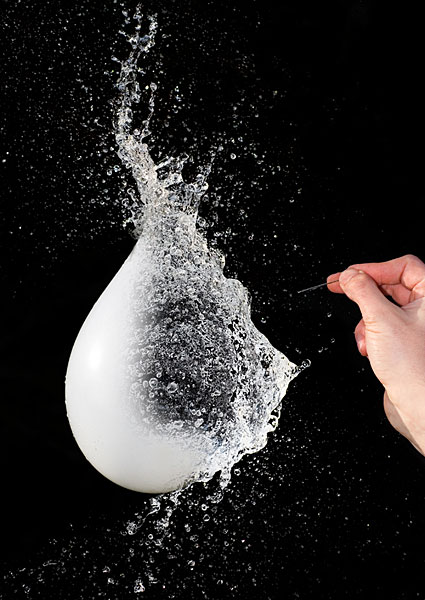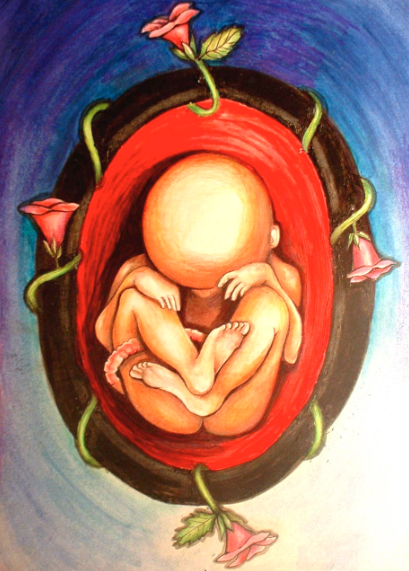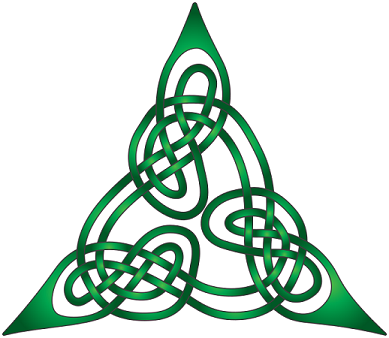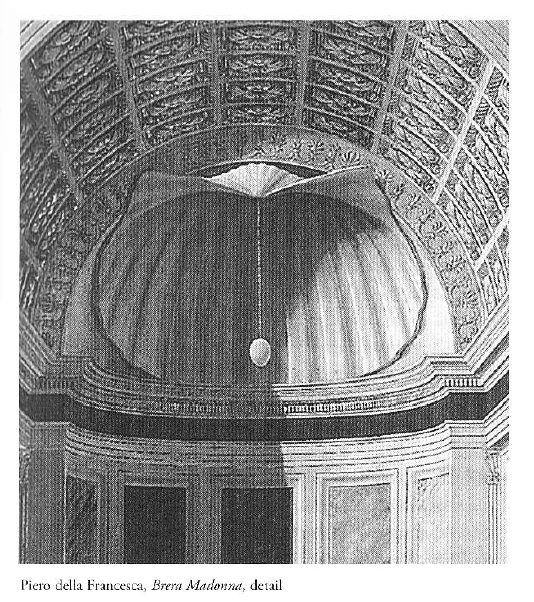Arminius: My belief as recently as now and as early as ten years ago coincided with the belief of two strains of politico-economic process. One, is what i am inferring from Fukiama et al and of course Sloterdijk, that the flattening effect of becoming a
foam like miasma, is an effort to de-structure the field of dialectic re sentiment. The question is, whether this analysis by Sloterijk is a open ended
effect of historical development, or, a pre planned
program of strategy. My feeling is , that the new ideology, is more an effect of the later then the former, and the center is steering toward the left. The middle, is not yet established clearly enough,
within understandable bounderies, to be of sufficient significance, to call it anything. Therefore to resurrect the dialectic in any form, at this point, in
my opinion, is premature. What do You think? The
bubble would certainly burst, if such demarcations would be clearly visible at this point. Whether such a bubble will ever be blown up to critical levels,
anytime in the near future, is also questionable.
Before I answer, I have to know what you exactly mean by:
- “new ideology”,
- “left”,
- “middle”.
And why do you think that “to resurrect the dialectic in any form … is premature”"? The dialectic does not need a resurrection, because it was never really gone.
B.t.w.: Bubbles can easily burst anyway. Look:



The new ideology, is one which You essayed as the one resulting as a synthesis: the liberal democracy, as the product of the thesis , extreme liberalism, and extreme authorotiarinism. I do not think, that was the exact label, but it was close to it. The transendence of this ideology, based on the diialectic, depends on this, and post modern semiologies, as in Pierce and Seissure, may be set against the at last formally, as well.
In semiology, might as well start with that, the sign and the signal both depend on the object, in this case ,it is the object of the signal, to transmit the sign to the receptor, so, the object, is effected by the sign,(the puported use) and the receptor. The receptor alos effects the object, (or meaning)–meaning is both, desribed as the ‘thing’ represented, and the idea, which is interpreted.
This is also a kind of meta-dialectic, inasmuch as the evolving dialectic which occupies Sloterdijk mind, that is, of gross econo-political processes.
Whem these two types are again fom a third triad, a new ideology may be conceived. this is what i meant, by the bubble vs the foam, the foam consisting of many more, smaller semiological units.
I am intrigued by this thinker, and Eric suggested look into it, and this is but an initial view i have. Always like to start with the basics, and work upwards, and not the other way around, for the simple reason, that , to give You an analogy, I need to look at the trunk before i can try to understand the branches. After that, perhaps,I may take the liberty to see, if i can learn of the roots.
That a new ideology is sought is implicit in Your statement, that the dialectic is alive, but it is, a tree in the winter, it is barren, and thatis why i think that the questions regarding the dynamics involved are especially relevant. At the moment, such trrms as extreme liberalism a d extreme authoritarianism, do not, or have not reduced the meaning of the signs to the level,where another East German Philopher claimed of the emergence of the one dimensional man. In other words, we are not at the point of flat lining yet, and that is why, i do not think the terms can, at this time dress up the bare ideals into a post modern dress.
Extreme liberalism is very vague, and we may think that, the majority of private semiology which is indicated is still balanced by conservative views.
By dynamics, i mean questions such as, what causes bubbles on one jand foam on another? Is the dynamic mostly of historical-causitive, or, whther it is caused by theseeking for identification and attention, another interesting idea he brings up.
Mind you, i am only getting my feet wet in this regard, but i thought it would be of some interest to bring these and other peliminaries out, before wading into the actual causation, and possible objectives, if any.
The effect on Fukiama’s views are relevant here, since his notions of the end of history depend to a large extent to a diminishing ideological relevance, brought on largerly by the demise of the EAST-WEST geopolitical stance. That stance, was the result of the prior stance whose dynamic was changed by WW1 & WW2. Also the new liberal democracy may mirror ceetain features of the prior national socialism, which was the synthetic product of pure capitalism and socialism. What seems to be going on, is the change of the dress, with the semiologies trailing in a foam like separatism, awaiting a kind of generic unification, which can foam a new semiology, freforming a larger bubble. Modernity can offer more libralism to be sure, as the economic bubble gets to be inflated.
Sloterdijk is influenced by Hegel and Nietzsche. So his trilogy “Spheres” can also be interpreted as a dialectic, thus (1.) “Bubbles” as the thesis, (2.) “Globes” as the antithesis, and (3.) “Foam” as the synthesis. Due to the fact that bubbles (thesis) and foam (synthesis) are easily breakable, thus very much instable, the spheres Sloterdijk means can easily lead to a new Hegelian dialectic. Do you agree?
The following pictures may illustrate what I mean:



Thanks, for that!
So you agree, Obe (Orb) ?
Agree? I agree to disagree. Clearly, I agree, on general principles, but disagree on the specifics.
My question was whether you agree to the statement that the spheres Sloterdijk means can easily lead to a new Hegelian dialectic.
As the resentiment grows over the inequality which is of course subsumed into the Christian ethic of guilt and self hate, the so called liberal democracy will become as fragile as the positions the other two find themselves. Semiology dictates the same thing, not that it will become relavant by then, or meaningful en masse, but the globe, squeezed between the two fragilities, may not be ableto equivicate the one from the other. When that happens, well, Your guess as good as mine, however,
my point is, that this depends,on whether there is still time, then, to see this as that, which has already been factored in. Just like surfing, the waves behind break behind, unless, you let them get ahead of you. Then, it’s too late. The literal foam of the ocean cover the wavelets as they break> You can not see the shore then, and counter waves create complex and unexpeted results.

B.t.w.: Sloterdijk’s “Insulierungen” (the processes of forming an island) have 12 dimensions, namely 3 superordinate dimensions and 9 subordinate dimensions:
Superordinate dimensions:
1.) Absolute islands.
2.) Atmospheric islands.
3.) Anthropogenic islands.
Subordinate dimensions:
1.) “Thermotop”.
2.) “Uterotop”.
3.) “Alethotop”.
4.) “Chirotop”.
5.) “Phonotop”.
6.) “Erototop”.
7.) “Ergotop”.
8.) “Thanatotop”.
9.) “Nomotop”.
In Bubbles, there is a lot of reference to theology, in particular, trinitarian theology. Sloterdijk states that the triadic relationship between " The Father, Son and Holy spirit " is the first spherological bubble of intimacy, without the dimension of space, as commonly thought of — that the relationship itself IS the space, in a sense.


According to Peter Sloterdijk human beings live in symbolic immune systems and in ritual hulls / shells. If it is right that humans yield or produce humans, then they do it not mainly by work and its products and also not by work on themselves or by “interaction” or “communication”; they do it by their lives in exercises / trainings. So humans arise out of repetitions /recurrences, Sloterdijk says.
„Wenn »es« den Menschen »gibt«, dann nur, weil eine Technik ihn aus der Vormenschheit hervorgebracht hat. Sie ist das eigentlich Menschen-Gebende … Technik, hat Heidegger doziert, ist eine Weise der Entbergung. Sie holt Ergebnisse ans Licht, die von ihnen selbst her so nicht und nicht zu dieser Zeit an den Tag gekommen wären.“ - Peter Sloterdijk, Nicht gerettet - Versuche nach Heidegger, 2001, S.224, 228.
Translation:
„If there »is« the human being, then only because the technique / technology has brought him out of the pre-humankind. That is actually the human-giver. … Technique / technology, Heidegger has teached, is a way of unconcealing. It brings results to light that would not have come to light by themselves and not at that time.“
Humans live in 3 “parallel realities” at the same time;
- physical
- psychological
- social
Each has its own design and set of rules.
What do you think about a quadrialism?
I) natural (physical and chemical),
II) natural-cultural (biologic[al] and economic[al]),
III) cultural (semiotic[al] and linguistic[al]),
IV) cultural-natural (philosphic[al] and mathemathic[al]).
So your “1)” would be in my “I)”, your “2)” would be a part of the last part in my “II)” and a part of the first part of my “III)”, your “3)” would also be a part of the last part in my “II)” and a part of the first part of my “III)”, and my “IV” is what is called “consciousness”, “mind” - we already discussed this (=> “Geist”).
Maybe that some parts do not belong to reality, but that doesn’t matter, because it is plausible, if all that parts are interpreted as parts of our world (universe and so on).
Biological and economical seems an odd grouping.
Biological and economical seems an odd grouping.
Yes (and the concept “natural-cultural” already indicates it), but it simply means that living beings try to remain living beings, thus try to do their self-preservation biologically and economically - biologically by the processes in the organism (cells and so on), economically by getting food (e.g. hunting and gathering), making and getting goods, money, war, and so on.
My grouping is more centered around:
1) Physical laws, objects, motions, and situations (would include physics, mechanics, chemistry, biology, physiology, physical tools, medicines, diseases, weapons).
2) Mental reactions, beliefs, incentives, and conditions (would include psychology, spiritualism, hopes and fears, strategies (“angels”), mental tools (mathematics, logic, romance), personal philosophies).
3) Group interactions, agreements, devotions, and current states (would include economics, language, semiotics, religion, politics, diplomacy).
Although I often separate physical from physiological (due to the fluid molecular mechanics involved), each of those categories obey the exact same inherent laws…
